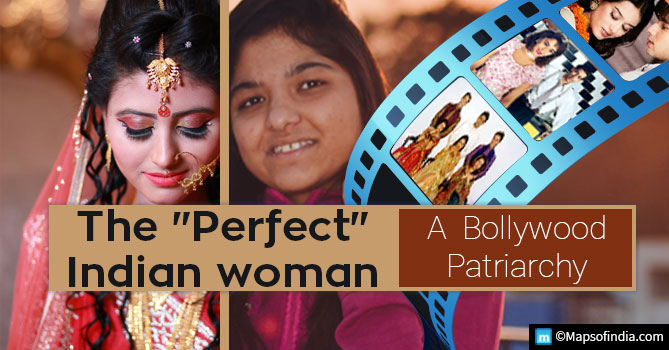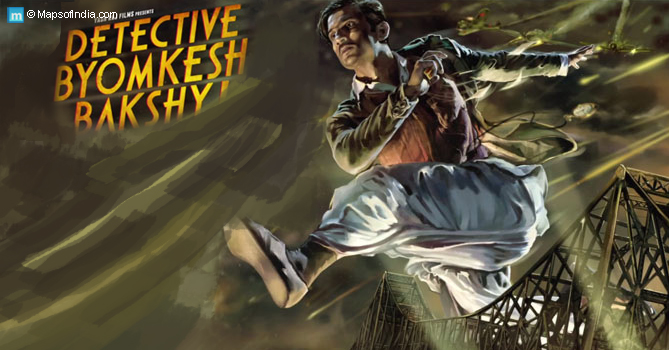हिंदी में पढ़ने के लिए यहां क्लिक करें
She walks with all the eight meters of her saree (and sanskars) intact and shiny. There is no trace of sadness on her face, only a pleasing smile every second. She joyfully rubs off the sweat beads from her forehead, a reminder of her busy but blooming family life. In one hand, she carries her household duties, in another, the blame of the world. She is the ideal Indian naari- relishing in her hand-me-down customs.
A walk down the memory lane
I remember seeing the iconic film, ‘Hum saath saath hai’ for the first time as a kid. It used to be “the” go-to movie of every Indian household back in the day, and the first thing to catch my eye was the bling of the household bahus. Draped in shiny sarees and laden with family gold, they were seen trotting around, happily attending to the home. Normal, right? Of course, the attire did not change even as they worked in the kitchen, or when they went off to bed. Meanwhile, the male counterparts were seen hanging around the dining table (waiting for the women to finish cooking, of course) and financially supporting the household. Mind you, one of the females was a practising doctor before marriage, but who cares?
Another film of that time was ‘Hum aapke hain kaun?’ A movie with a sister-in-law far too sanskari for the world. She gets married to a stranger (good old arranged marriage, I mean), gives birth to a baby boy- all in the least possible amount of time. Who said perfect Indian girls don’t exist?
It was years later that I finally began to see the stark similarities between all these female characters. For one, they were hardly shown being passionate about career. They worked if the family required, of course, but that’s it; no personal motivations involved. Almost as if it is a bad thing to represent, or God forbid, to be ambitious women. Not a single movie maker dared to show a woman as anything more than the dignity of the family, and a docile little beauty. The question becomes why.
Walking out
What is it that’s so attractive for Bollywood about a woman with no sense of individuality? Characters like Poonam from the highly problematic film, Vivaah (2006) are shown to be living a life entirely under the shadow of men and are praised for it. Not to mention, it has been an age-old Bollywood trick to show women in short, western clothes, consuming alcohol to represent a “wamp”. Why these derogatory standards to measure the character of a woman?
The submissive, traditional Poonams of the movie industry have been worshipped for so long, it will take some time for our beloved Bollywood to ditch the norms. Meanwihle, movies like Piku, Lipstick under my burkha keep our hopes alive. Our theatres need more representation of the modern day women. Characters who are bold, smart individuals with a sense of self-identity, and of course, are not always draped in sarees and gold.






